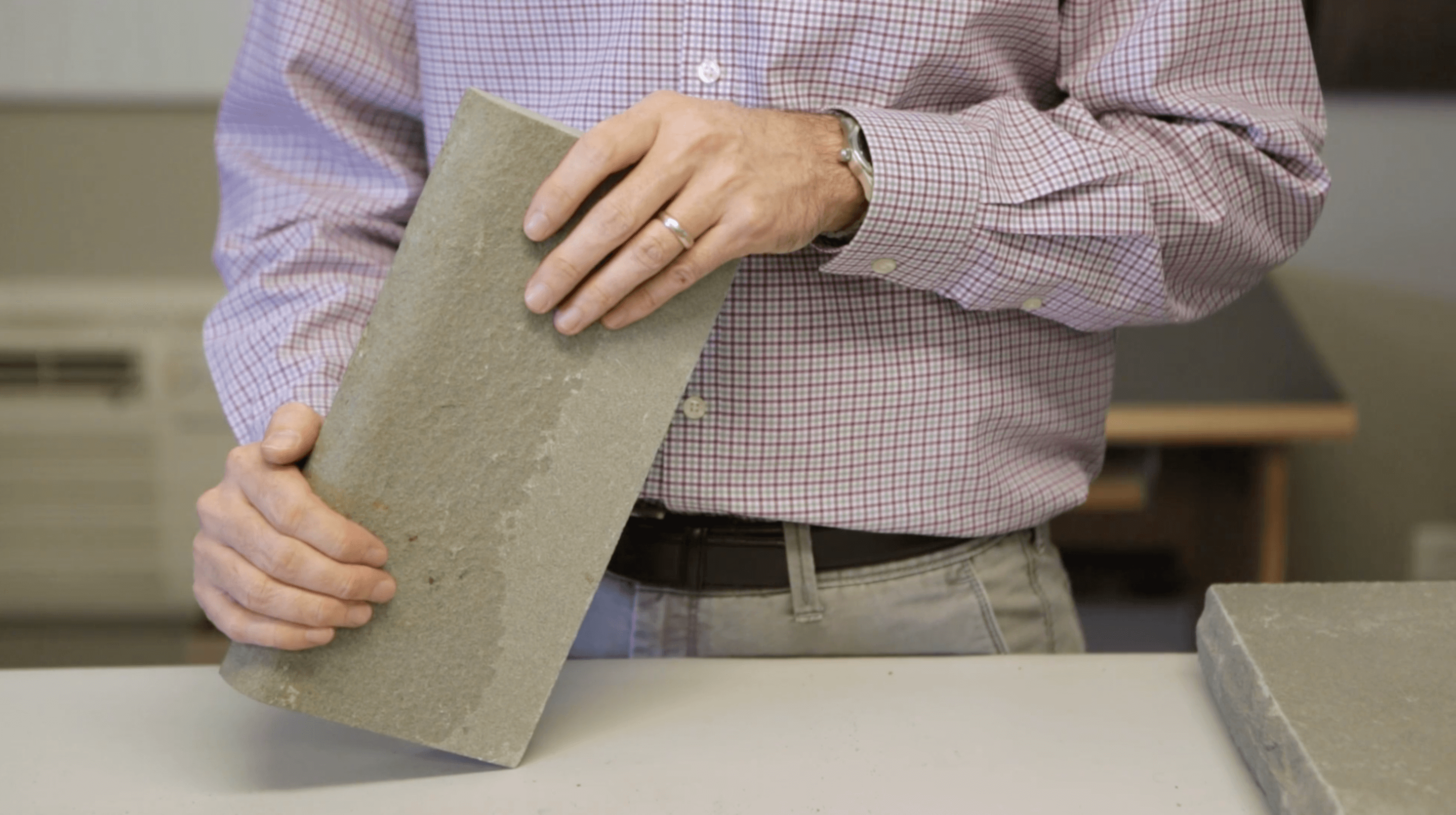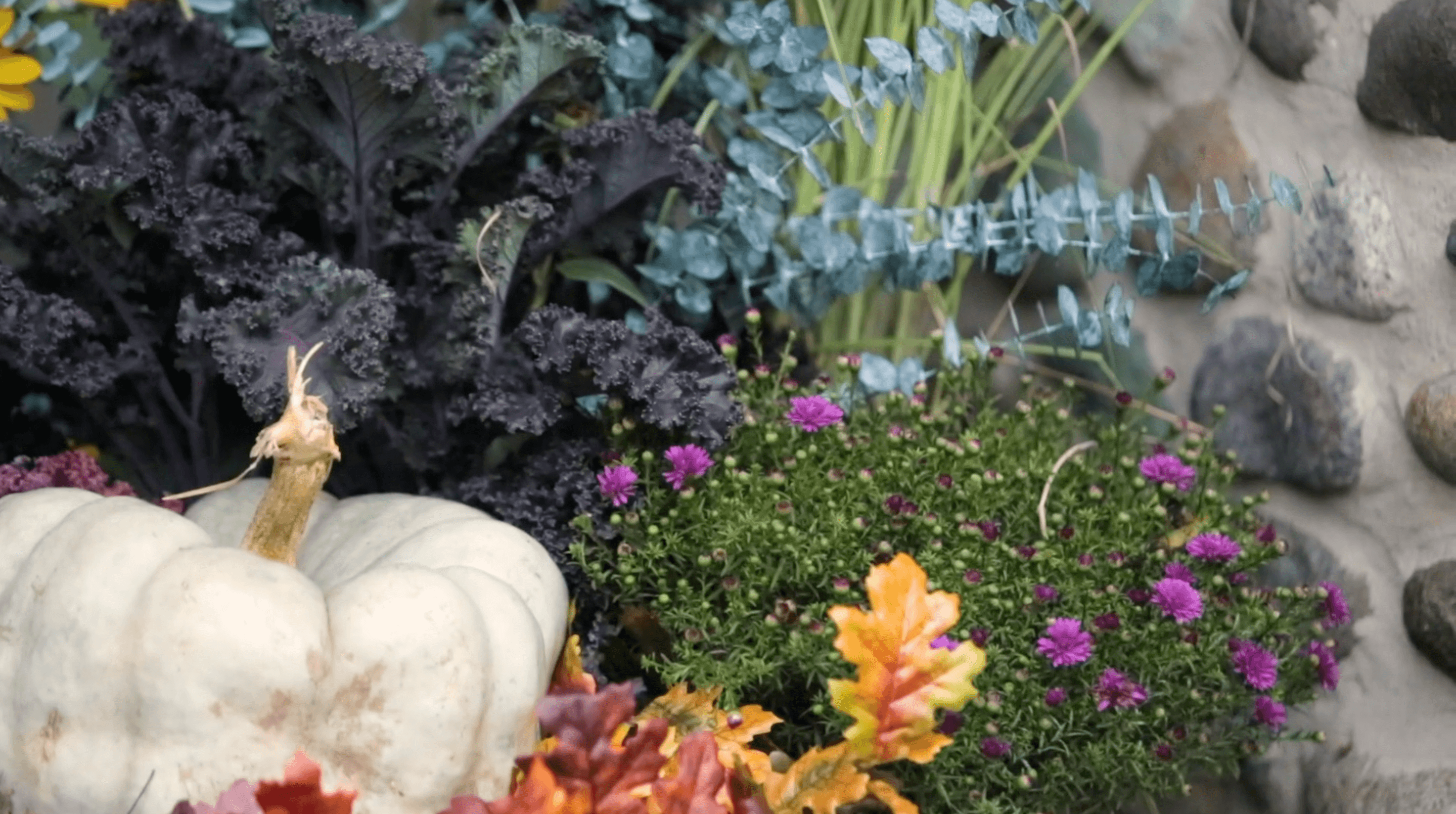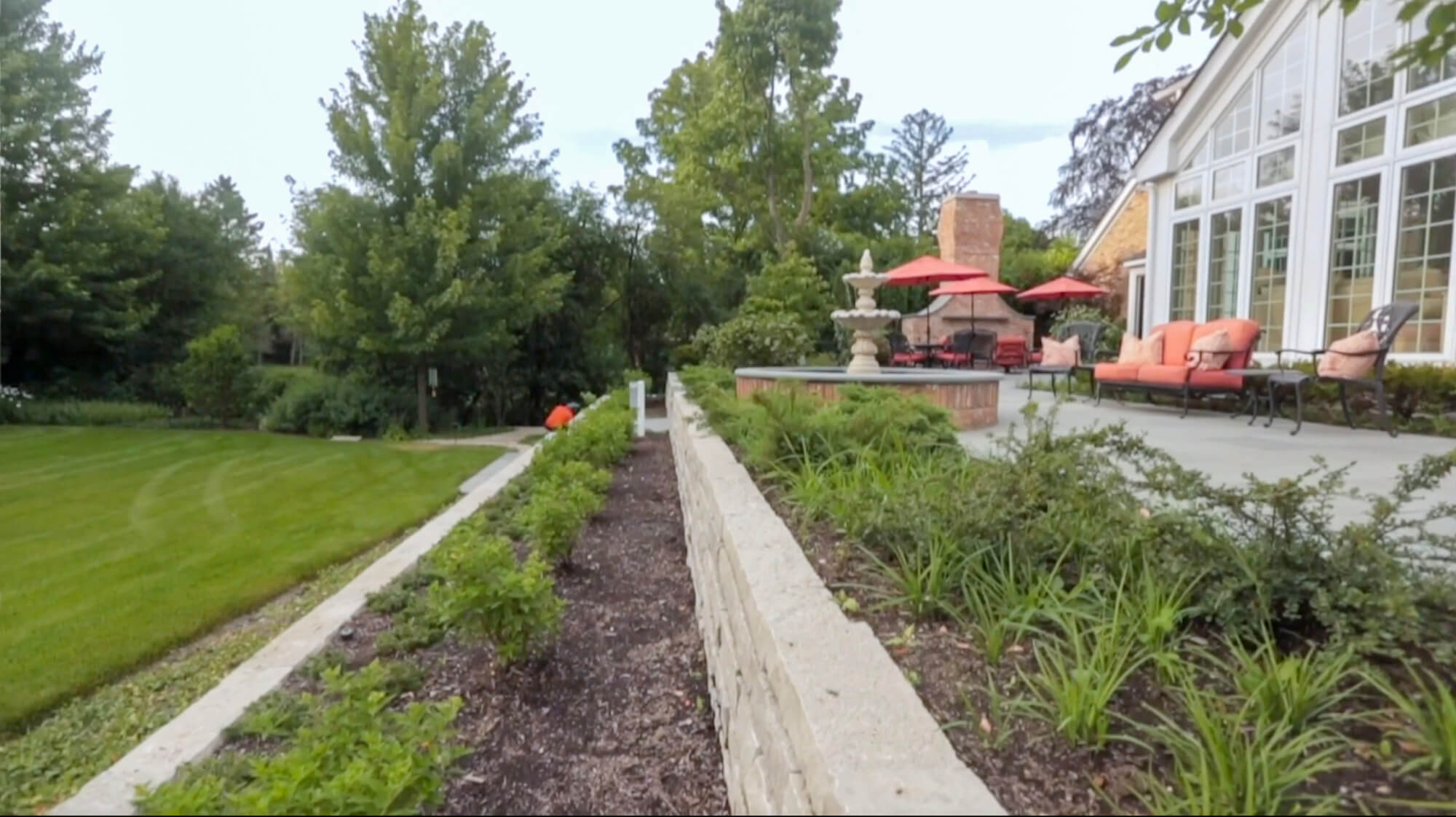Why do so many us of love working in the garden? Why do we give plants and flowers as gifts?
There’s a pretty good reason! Plants have the power to bring smiles and a sense of well-being to those who interact with them – in fact, the positive effects of plants are so powerful that there is even a therapy designed around them.
Robbi Hursthouse isn’t just the cofounder of Hursthouse Landscape Architects and Contractors – she’s also a registered horticultural therapist. Horticultural therapy, which dates back to the 19thcentury, is all about using plants to promote positive outcomes like healing and rehabilitation. Robbi has seen it in action for more than 30 years as a Garden Play Specialist at Ann & Robert H. Lurie Children’s Hospital of Chicago (formerly Children’s Memorial Hospital).
“Garden Play makes me feel centered—it’s my passion,” Robbi says. She began her career as a landscape designer, but she also had experience—and a heart for—working with people with special needs. When she learned about horticultural therapy, those two loves combined, and she knew she had found her calling.
Robbi first saw the effects of horticultural therapy when she interned with the Chicago Botanic Gardens. After that, she worked with various hospitals and rehab facilities until Lurie approached her. Their children’s horticultural therapy program stole her heart.
“Plants are so powerful in healing and helping with stress,” she says. “Garden play is a wonderful metaphor for life and growth.”
Garden Play takes place at the hospital on Fridays, when children and their families are invited to participate with Robbi and trained volunteers for a 90-minute activity. Designed to meet the children’s developmental needs and reduce the stress and trauma of hospitalization, the program has several therapeutic objectives.
Here are four ways working with plants helps those in Robbi’s program:
1. It reverses dependency.
Free choice is an important aspect of development – but when children are in the hospital, little or no choice is left to them. Garden Play reverses that and gives them several choices to make, along with a responsibility for the plant’s care.
“Giving them the chance to be a caregiver is a remarkable tool in health and growth,” Robbi says.
2. It stimulates the senses.
Hospitals can be such sterile environments that a chance for kids to dig in and get “dirty” is a great change of pace. Working with plants’ smells, their textures, and even the warmth of the PRO-MIX growing media (a soil-free material approved by infection control) gives the children a multi-sensory experience to enjoy.
3. It provides fine motor coordination and mild physical activity.
Working with plants offers fine motor coordination that doesn’t feel like traditional therapies—it just feels fun. And since Robbi’s program is set up in stations that the children can move between as they are able, it gives them a chance to be more active.
“Movement—even something we give little thought to, like holding up a watering can—is a big deal for someone who needs muscle movement,” Robbi says.
4. It offers a new hobby that can last a lifetime.
For some children, horticultural therapy is their first experience with a live plant. Robbi hears from discharged patients who share with her how their plant is doing, send photos, or update her on the offspring of the original plant.
“Something as simple as repotting into a bigger pot is representative of the child growing and thriving in a new place, too,” Robbi says. “The children are creating their own environment for the plant and allowing it to grow. They are doing the magic.”
For all these reasons and more, Garden Play is a wonderful way to give a hospitalized child a chance to “grow” beyond the typical hospital experience. Parents love it and recognize the positive impact it has on their children, offering Robbi affirmations and gratitude.
“I’ve heard all sorts of positive feedback from parents,” she says. “They tell me how meaningful it is and how wonderful it is to see their child smile again.”
No two experiences are the same. As they work with the plants, participants often share from their own lives, creating a sense of community and support at a critical time. Much more than a distraction, it opens a portal that allows a child to play and learn freely.
“At the end of the program, I might be exhausted,” Robbi says. “But my soul is nourished.”


